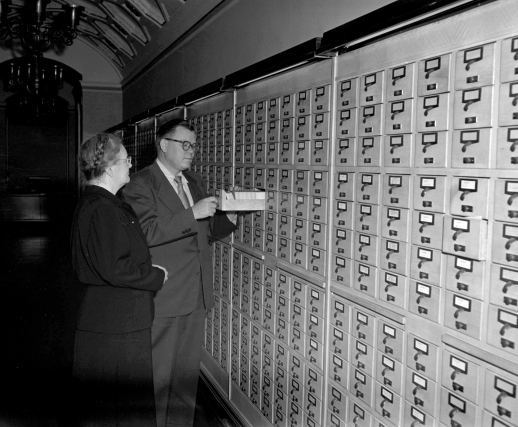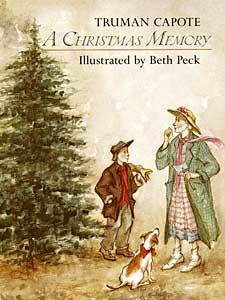David S. Ferriero's Blog, page 23
May 19, 2015
Paying Homage to Margaret Cross Norton
Last week I had an opportunity to visit with Dave Joens and his staff at the Illinois State Archives—the first AOTUS to visit since Wayne Grover was there in 1952. Dave and I were able to reenact the original photo op at the same catalogue drawer!
Margaret Cross Norton was the first State Archivist of Illinois from 1922 until 1957. She was a co-founder of the Society of American Archivists, served in SAA leadership roles for many years, and edited American Archivist from 1946 to 1949. Her “Catalog Rules: Series for Archives Material” trained generations of archivists.
She fought the good fight distinguishing archives from libraries and historical societies:
“One might conclude…that the ideal archivist is a scholar sitting in a remote ivory tower safeguarding records of interest only to the historian. In reality the archivist is at the very heart of his government and the archival establishment is a vital cog in its governmental machinery. Archives are legal records the loss of which might cause serious loss to citizens or the government.”
In the mid-1950s, Grover was working on “The Archivist’s Credo” (later Code) and sent drafts out for review. Our records are rich with the correspondence between Norton and Grover. She challenges language and basic principles, addresses the non-partisan nature of government archives, and makes it clear that archivists are hired to process and serve archives and not to research their own scholarship!
An added general comment to the draft:
“Probably this also does not belong in the code, but I would say that the most important single need for the archivist is for a strong sense of order. Disorder must worry him. I don’t think enough emphasis has been placed upon this in the training of archivists.”

May 8, 2015
Meeting the Government’s Email Challenge
Free and equal access to government records is essential to this country’s democracy. Citizens have the right to see, examine, and learn from the records that guarantee their rights, document government actions, and tell the story of the nation. As Archivist of the United States, it is my job to make sure we identify, save, and make available the permanently valuable records of the U.S. Government. It’s also my job to instruct federal agencies on how to make this “what to keep” decision for records ranging from memos written on old onion-skin paper and stored in filing cabinets to electronic records, including email. This is especially important as the volume of electronic records continues to grow.
What should be saved? Not all or even most federal records make the cut as permanent records. Literally billions of government email records are created each year. Some are clearly worth saving as permanent records in the National Archives. Many others, which document basic business and administrative activities, are needed for some period of time before they can be deleted. And still others, such as lunch plans and routine notifications of meetings, can be deleted immediately.

Records Arriving at the National Archives Building, 1935. National Archives Identifier 7820503
The responsibility – and honor – of preserving and providing access to historical federal records rests with the National Archives. However, … [ Read all ]

May 7, 2015
Saying Thanks
Since 1985, the first week of May has been set aside to honor the men and women who serve our nation as Federal, state, county, and local government employees. It is also the time when I host the Archivist Awards ceremony at the National Archives to recognize the outstanding achievements of our staff in the past year. We also recognize long term service—this year two folks with 45 years of service! While the event is held in our College Park (MD) facility, this year senior executives traveled to eight of our facilities outside of the Washington area to celebrate with award recipients. If cloning were possible, I would have been at all of our sites!
In his 2015 Pubic Service Recognition Week Proclamation, President Obama said:
“A Government of, by, and for the people is sustained only through hard work and extraordinary sacrifice of millions of citizens willing to serve the country they love. From the moment an early band of patriots first came together to secure the blessings of liberty for all, public servants have worked to create a more perfect Union. Today—in every city and every town—American can proudly carry forward this tradition of service, which has built our Nation and strengthened its promise. This week, we recognize all those who dedicate their lives to this noble pursuit, and we celebrate the … [ Read all ]

May 5, 2015
What’s New in the National Archives Catalog: WWI Photographs
The National Archives recently embarked upon a large scale digitization project, focused on photographic and moving image records related to World War I and World War II. These public domain records are being digitized through a gift to the National Archives Trust Fund with the goal of making them more accessible for everyone to use, from teachers and local community groups, to museums and filmmakers.
Recently digitized and now available in our online catalog is a fascinating series of World War I photographs, the American Unofficial Collection of World War I Photographs, 1917-1918.
This series contains photographs obtained from the U.S. Army Signal Corps, Federal and State government agencies, as well as private sources, such as the American Red Cross and the Central News and Photo Service. The photos depict the unity of the nation and how overwhelming the war effort was, including pictures of public gatherings, peace demonstrations, parades, and activities of libraries, hospitals and first aid stations.
Some highlights include:
Albert Sterner painting war posters for the Government. National Archives Identifier 533471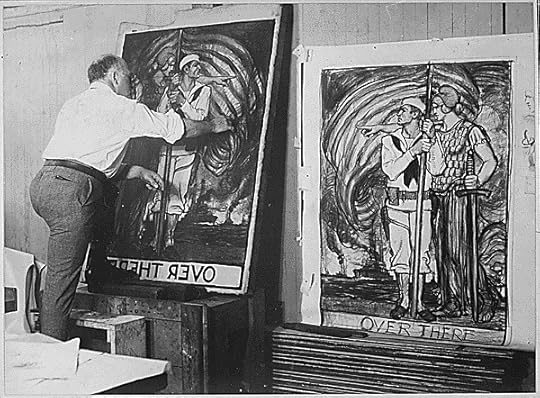
Returning from a U-Boat Scouting Party. National Archives Identifier 533474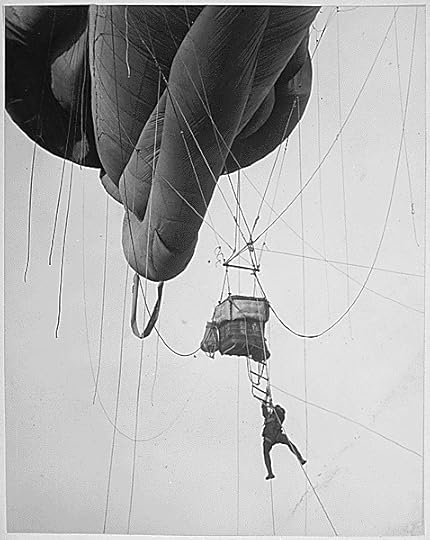
African-American regiment arrives home from France. New York’s famous 369th (old 15th) Infantry troops arrive in Hoboken, NJ. National Archives Identifier 533528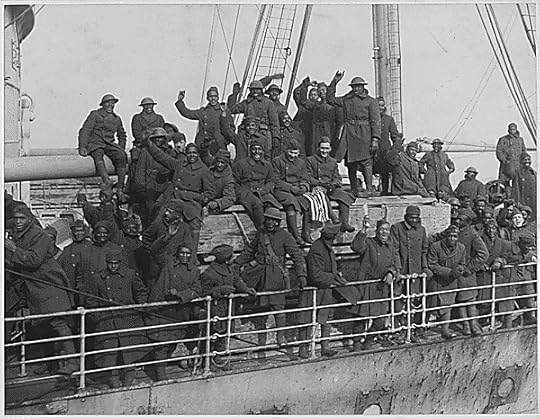
Airplanes-Radio equipment- This is what an airman wears when he used the wireless telephone. National Archives … [ Read all ]

April 27, 2015
Thomas Jefferson Prize for Founders Online
On Saturday, wearing my Chair of the National Historical Publications and Records Commission hat, I accepted the Thomas Jefferson Prize from the Society for History in the Federal Government for the NHPRC in creating Founders Online. This is a particularly meaningful award because of the caliber of the professional community represented among the Society. There was great joy in “my house” when we received the good news!
In accepting the award on behalf of NHPRC, I said:
As the steward of Federal Government records, the National Archives has provided leadership in the archives and records management field for over 75 years. As far back as 1939, the American Archivist summed up the central challenge: “Just as librarians promote the use of books, and as teachers defend before the public the value of education, so archivists have as part of their duty to give stimulus and guidance to the use of archives, and to their use not by the few but by the many.”
I take that as our biggest challenge and opportunity. How do we ensure that as many people as possible can find and use the historical records held not only by the National Archives but by the nation’s archives?
One way is to continue opening our doors to the public. Every day I am lucky to witness the crowds of people … [ Read all ]

March 27, 2015
What’s New in the National Archives Catalog: Photographs from the Battle of the Bulge
The National Archives’ Strategic Plan includes the bold initiative to digitize our analog records and make them available for online public access.
Our new digitization strategy outlines the many approaches we will use to achieve this goal, and I am proud share with you the results of some of our recent digitization work.
Recently digitized by staff in the National Archives Still Picture Branch, these stunning color photographs from the Battle of the Bulge were taken by the U.S. Army Signal Corps in St. Vith, Belgium. The photos depict the wreckage in St. Vith in the days after units of the 7th Armored Division liberated the town in January, 1945.

Wreckage in St. Vith, Belgium.
National Archives Identifier 16730732
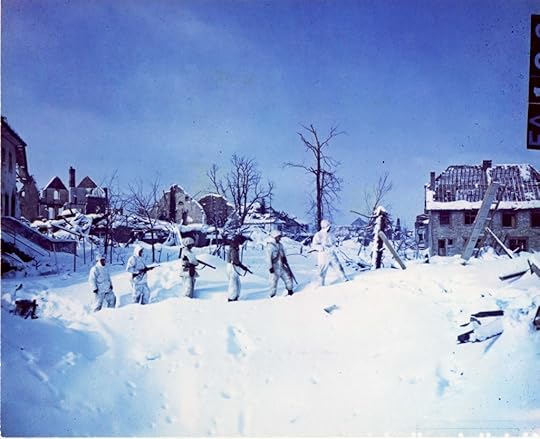
Snowsuited Soldiers Walk through the Snow Covered Streets of St. Vith, Belgium.
National Archives Identifier 16730733

American Soldiers Man a Dug-In Mortar Emplacement near St. Vith, Belgium.
National Archives Identifier 16730734

M-4 Sherman Tanks Lined up in a Snow Covered Field, near St. Vith, Belgium.
National Archives Identifier 16730735
Yanks Trudge through Snow from Humpange,Belgium to St. Vith. National Archives Identifier 16730736
I will be featuring more digitization projects in upcoming blog posts.
More photos from the Battle of the Bulge are featured on Today’s Document Tumblr, and you can read more about “The Bloodiest Battle” in Prologue Magazine.… [ Read all ]
March 16, 2015
Participate in the #1000pages Transcription Challenge
Calling all history enthusiasts and citizen archivists! Participate in the Transcription Challenge this week and help us meet — and surpass! — our goal of transcribing more than 1000 pages.
Join us in celebrating Sunshine Week and transcribe records in our new National Archives Catalog. We’ll be tracking our progress every day this week, so help us get to 1000 pages by Sunday, March 23.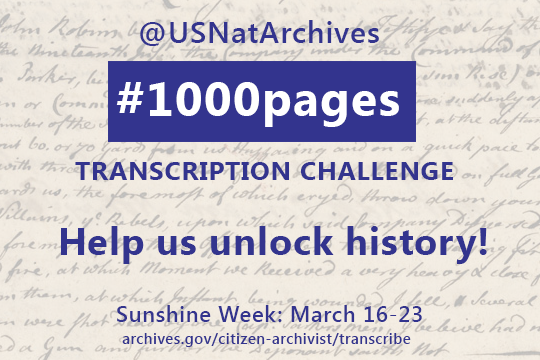
Visit the Transcription Challenge webpage for more information. Use the hashtag #1000pages and tweet us @USNatArchives. Share with us what you discover in the records.
We have millions of pages of handwritten and typed documents that are waiting for you. Check out all of our Transcription Missions, or search for your favorite records.
You could work on transcribing more than 100 pages of the widow’s pension file for Harriet Tubman Davis or use your skills to read the difficult handwriting in the Papers of the Continental Congress.
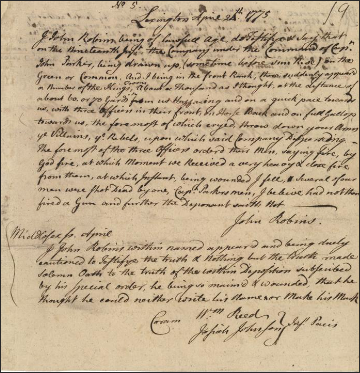
Deposition of John Robins Regarding Hostilities at Lexington.
Transcribe this record.
You can transcribe any record in the catalog by using the “View/Add Contributions” button underneath the digitized records. You’ll need to create a login to transcribe.
Since it’s Sunshine Week, it’s a great time to work on transcribing declassified records we have online. You’ll see a classification and declassification markings, along with evidence of important historical events. … [ Read all ]
February 5, 2015
What have you found in Founders Online?
Founders Online, a tool for seamless searching across the papers of George Washington, Thomas Jefferson, James Madison, Benjamin Franklin, John Adams, and Alexander Hamilton, launched in 2013. Since then, the tool has grown to a fully searchable online database of over 165,000 documents, including thousands of documents that have not yet appeared in the published volumes.
The site has had nearly 750,000 unique visitors—an average of over 42,000 people each month.
We continue to hear remarkable stories about how researchers are using the site and the surprising items they’ve found. Here are some unique uses of the content found on Founders Online:
Founders Online is cited in Harvard’s Arnoldia magazine article, “The Pawpaw, a Forgotten North American Fruit Tree”.
The Philadelphia Museum of Art used Founders Online to conduct research for their catalogue of American silver in their collection.
Users can also search Founders Online for Oaths of Allegiance during the Revolutionary War. One noteworthy oath is the one taken by Alexander Hamilton when he was Washington’s Aide-de-camp.
Gates Thomas, a composer and associate professor at Berklee College of Music, has written a cantata based on George Washington’s Revolutionary War letters found in Founders Online. You can hear the cantata in this “With Good Reason” radio broadcast at about the 26:00 mark.
What have you found in Founders Online?… [ Read all ]
December 22, 2014
A Christmas Memory
One of the benefits of starting my library and archives life as a shelver in the Humanities Library at MIT was exposure to some great writers. As an employee I took advantage of my borrowing privileges and went on a literary journey that set the foundation for my passion for reading to this day. One of the authors I discovered was Truman Capote and his short story, A Christmas Memory, is an annual “must read” for me at this time of year.
A very autobiographical tale set in the American South of the 1930s tells the story of a boy named Buddy living with poor relatives, including an eccentric cousin, Sook, who is his best friend. Buddy and Sook collect pecans and buy whiskey with pennies saved to bake fruitcakes to send to people they have met, or not, including Franklin and Eleanor Roosevelt. In the days leading up to Christmas they make decorations and craft gifts for each other in secret. On Christmas morning they discover they have each made kites and head for a meadow to test their gifts. This is the scene which has stuck with me over the years.
“Satisfied, sun-warmed, we sprawl in the grass and peel Satsumas and watch our kites cavort… ‘My, how foolish I am!’ my friend cries, suddenly alert, like a woman remembering too late she … [ Read all ]
December 17, 2014
Presidential Innovation Fellows at the National Archives
Throughout the halls of government, perhaps no word is more often cited than ‘innovation.’ While there’s no doubt that innovation holds the key to envisioning government’s work in the future, I’ll admit that innovation itself can be a challenging word, given that it has so many meanings to so many people.
At its core, I believe innovation is the ability to think, envision and act audaciously, to set far-reaching, often disruptive goals and enlist a collaborative, multi-disciplinary team to meet them. At the National Archives and Records Administration, our mission is to drive openness, cultivate public participation, and strengthen our nation’s democracy through public access to high-value records. In order to do this, and to do it well, we must be audacious.
One way NARA is working toward this vision is by partnering with the Presidential Innovation Fellows program. Established by the White House in 2012 and now led by a dedicated program office at 18F in the General Services Administration, the Presidential Innovation Fellows program brings the principles, values, and practices of the innovation economy into government through the most effective agents of change we know: our people. This highly competitive program pairs talented, diverse individuals from the innovation community with top civil servants to tackle many of our Nation’s biggest challenges, and to achieve a profound and lasting social impact.
Out of … [ Read all ]
David S. Ferriero's Blog


